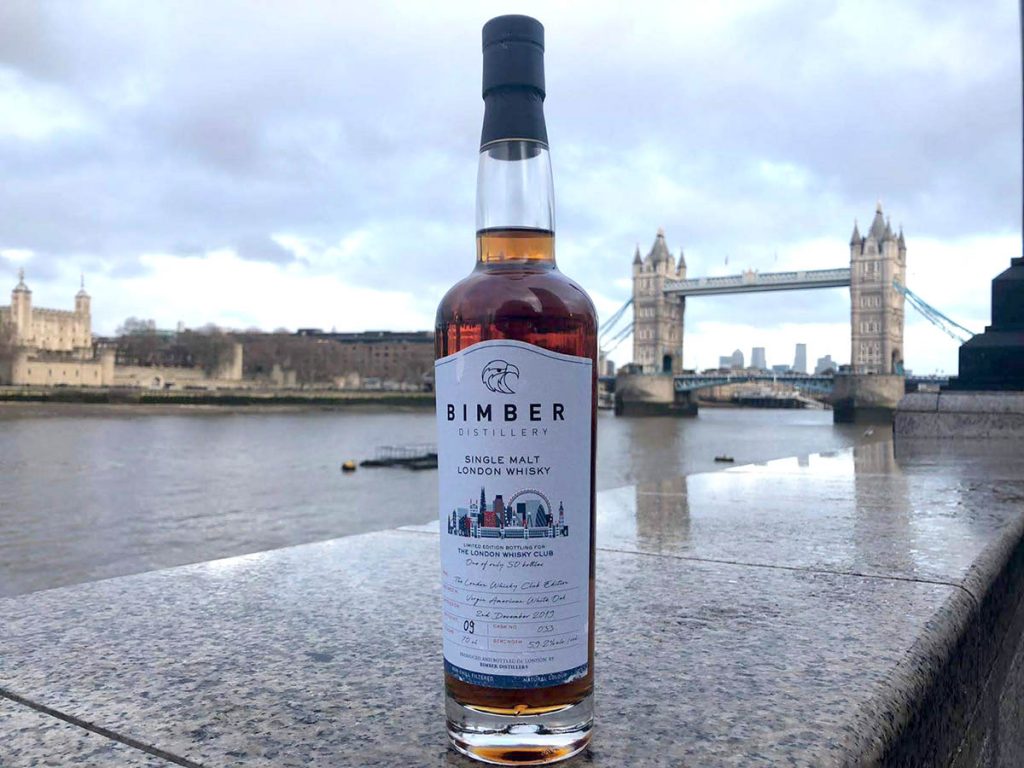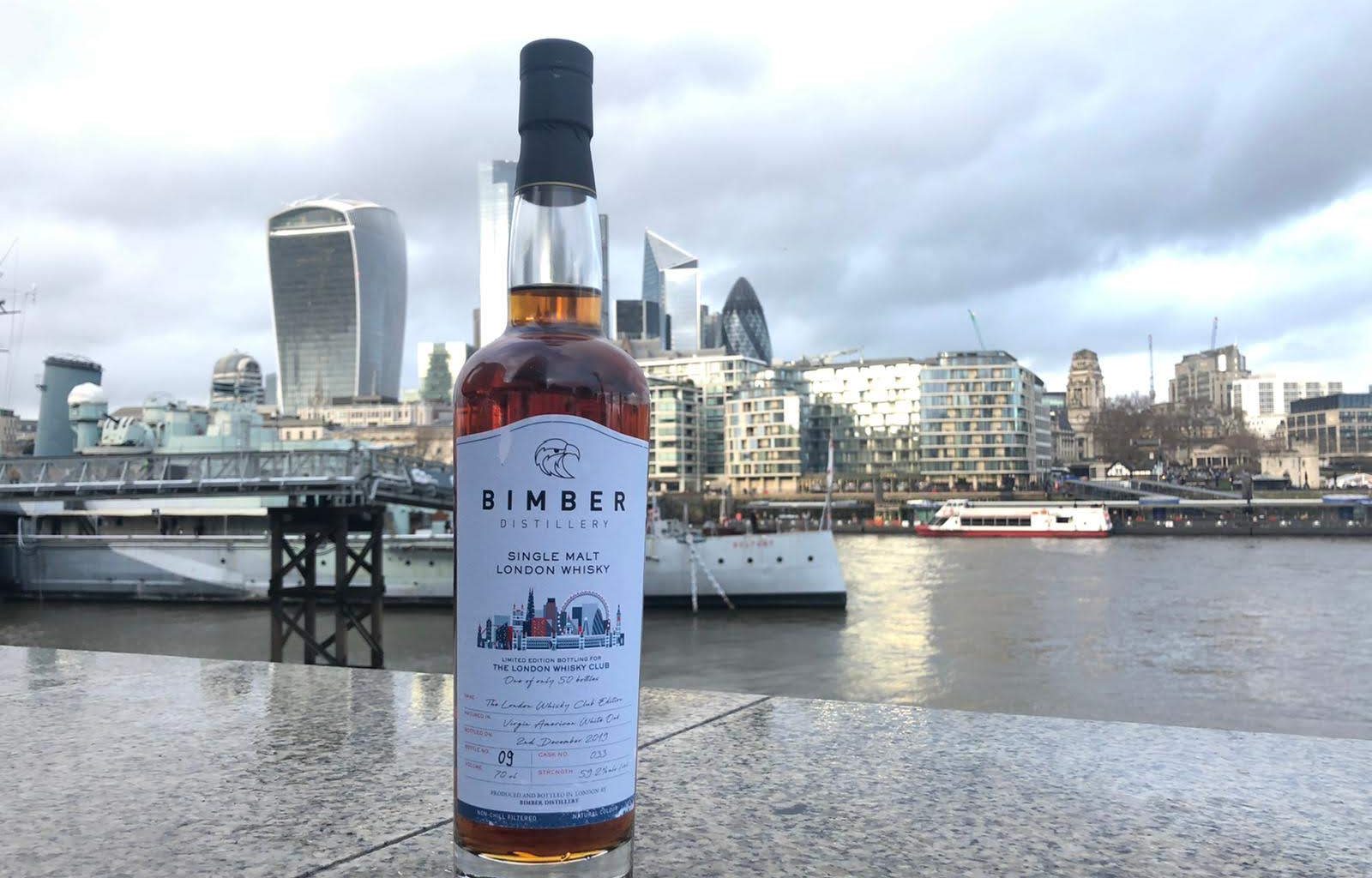Being part of a whisky club has many benefits, and I regret not seeking one out sooner (or starting one, had I been in the sticks). The rewards are self-explanatory – there is so much knowledge, whisky, and fun to be shared amongst the like-minded. If my experience of the whiskyverse around the London Whisky Club is not exceptional, then it appears that whisky is one commodity that has the ability to suspend its status as a commodity and demonstrate the capaciousness of social wealth.
Returning to the commodity for a moment, a modestly sized club will find itself with the buying power, market, and contacts to acquire casks, and it seems the “first club cask” is a near inevitable milestone for any thriving club. This has produced some legendary bottlings, partly owing to the relatively exclusive nature of a club bottling, but also to the calibre of discernment that a club can exercise over cask selection. One thinks of bottlings for the Gillies Club in Australia (who coined the name “Black Bowmore”, for one of their 1964s), Caol Ila 1974 James MacArthur for the “London Scottish Malt Whisky Society”, or a Glen Grant 1959 for the Whisky Club of Austria.
Today we live in different times (as they say), but one that need be no less exciting as we look towards the future, and for the most unexpected reason: a burgeoning English whisky landscape that seems to be generally driven by an attention to process unprecedented in recent decades – not counting the negative attention given to maximising “yield” and “efficiency”.
The result is a very interesting category that is poised to give scotch whisky a run for its money. The likes of the English Whisky Company, Cotswolds, and Bimber are producing very characterful young whiskies and gradually forging a unique identity and following. So where better to start for our first club bottling than London’s very own Bimber? Indeed, this was Bimber’s first single cask bottling, their casks only recently having come of age.

Bimber’s marketing extensively talks up “craft”, but seven day fermentation times, in-house yeast strains, and direct-fired stills go beyond mere guff. On paper, it’s a recipe for success but the proof remains in the glass. A club tasting panel selected this virgin american white oak cask from amongst several candidates. The quarter cask #33 yielded 51 bottles at 59.2%
Tasting notes (Bimber 2016/2019, TLWC single cask, virgin American white oak, 59.2%)
Nose: It’s chock full of Manuka honey, allspice, cinnamon, cloves and lemon zest like a grand cru hot toddy. Also dry sauna wood, tangfastics and a thick vanilla creaminess.
Palate: Drinks surprisingly well at full strength but water helps unlock flavour. Cinnamon chewing gum, everything from the nose again, it’s really like an incredible hot toddy cordial. Very long finish with vanilla joining in – remarkable how long this lingers. The profile is quite ‘world whisky’, owing to the virgin oak, but not for a minute would you think the mash bill other than malt.
Comment: A real winter warmer, packed with flavour. The wood is loud but the spirit is rich and characterful enough to stand up to it. Just don’t expect anything like scotch here – the profile is bourbon-like but with an underlying fruitiness that makes it something else altogether. “Virgin oak quarter cask” might ring alarm bells as a cynical means to smother young plonk, but there is a richness and depth to the spirit here that dispels these concerns – it is simply great whisky. Nevertheless I’m still curious about how Bimber will work at greater ages in refill wood.
7/10
by Matthew Earnshaw

